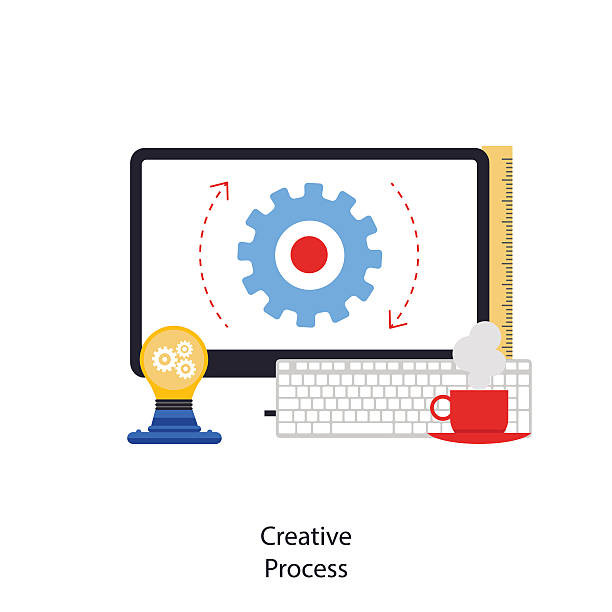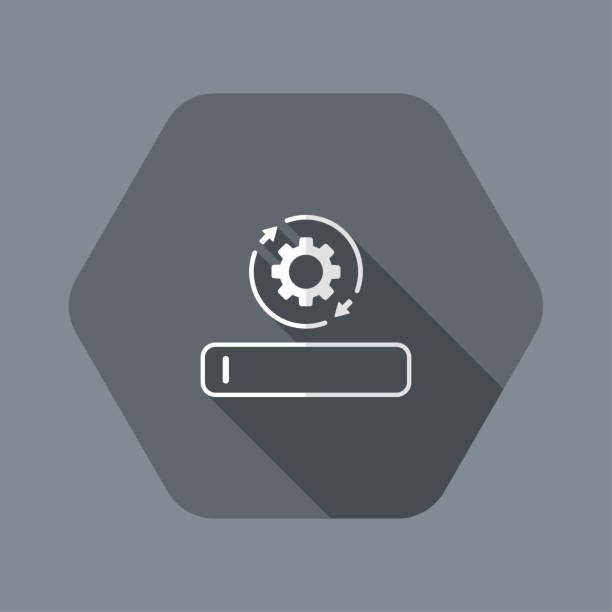APIs (Application Programming Interfaces) are the unsung heroes providing seamless communication in an era where digital transformation is altering industries. These digital bridges allow data and services to transfer across applications and systems. APIs have a significant influence on your digital experience, whether you’re a developer, a business owner, or simply a user. In this article, we’ll look at the core concept of API monitoring and why it’s so crucial in our interconnected world.

The Task: Maintaining The Smooth Operation Of The Digital World
Consider the following scenario: you’re using your favorite mobile app to order dinner. You choose your food, put it in your cart, and check out. However, the app stalls just as you’re ready to complete the purchase, leaving you disappointed and hungry. What happened? An API used in the ordering process fails, causing the entire experience to disrupt.
This case demonstrates the vital relevance of API dependability. APIs play a critical role in enabling smooth interactions across apps, whether you’re ordering meals, booking a ticket, or managing your accounts. The difficulty is clear: with an increasing reliance on digital services, any disruption in API performance can result in customer discontent, lost revenue, and reputational harm.
The Solution: Make Use Of UptimeAPI For API Monitoring
API monitoring is critical for tackling these issues. UptimeAPI is at the forefront of this solution. UptimeAPI provides real-time insights into the performance and availability of your APIs, ensuring that your users receive uninterrupted service.
Why Should You Use API Monitoring?
- Real-time Monitoring: UptimeAPI provides real-time monitoring features, sending you rapid notifications when an API has problems. This proactive strategy allows for quick problem resolution, minimizing downtime.
- Performance data: With UptimeAPI, you can go deeply into performance data to acquire a thorough insight into how your APIs are operating. You get access to the data you need to fine-tune your API integrations, from response times to error rates.
- Global Coverage: UptimeAPI manages a global network of monitoring sites, providing you with a comprehensive view of your API’s performance across many areas. This guarantees that concerns that may be isolated to certain locations may be identified and addressed.
- Integration Flexibility: UptimeAPI supports a broad range of API types, including REST APIs, SOAP APIs, and GraphQL. It fits smoothly into your regular workflow, making monitoring a breeze.
- UptimeAPI does not just focus on the current; it also gives past data for in-depth study. Trends and patterns may be identified, allowing you to enhance API performance over time.
How To Get Started With UptimeAPI

- Sign Up: To begin, create a UptimeAPI account. The procedure is simple, and you may select a plan that meets your requirements.
- Configure Your API Endpoints: Enter the API endpoints to be monitored. UptimeAPI supports a number of protocols, allowing you to monitor HTTP and HTTPS endpoints.
- Configure Alerts: Set your alert choices to get messages when your APIs encounter an outage or poor performance. UptimeAPI keeps you informed at all times.
- Analyze and Optimize: Use the information gathered by UptimeAPI to improve the performance of your API integrations. Use past data to make educated decisions and provide a consistent user experience.
Related Post: How To Elevate Your Apps With APIs Monitoring

